Part of an 1890s terrace of Arts and Crafts buildings, 9 Orme Court, off the Bayswater Road in W2, is at first glance simply the kind of grand red-brick townhouse you’d expect to find in the area. Look up beyond the elegant entrance canopy to the ornate first floor balcony, however, and above it you’ll spot a pair of blue plaques that single out its seminal role in the birth of British alternative comedy – and a place from which peals of laughter would ring out across the sedate street.
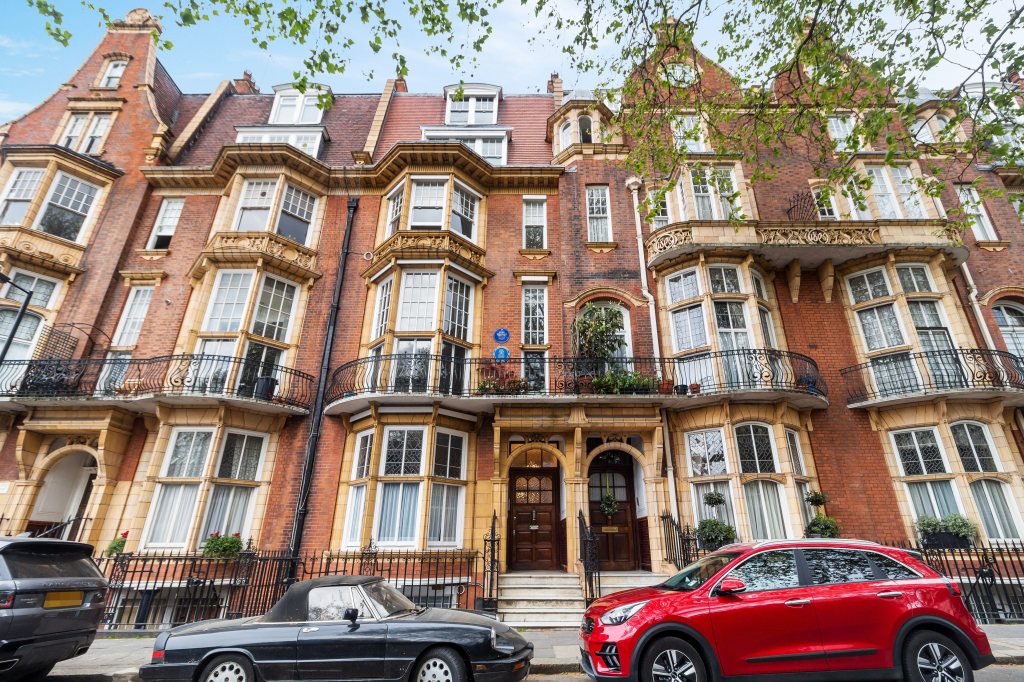
It was here, during the 1960s and 1970s, that absurdist genius Spike Milligan kept an office, in a first-floor space at the rear of the house, complete with fold-down bed for long nights of writing – although he also had a dedicated bedroom on one of the upper floors. The second blue plaque is dedicated to his partner in avant-garde comedy, Eric Sykes CBE, who from 1962 rented the six-storey building with Milligan, and – along with a coterie of friends and collaborators – came up with scripts for shows that defined a golden age of comic writing.
‘If you understand comedy, you understand life,’ said Sykes. ‘Drama, death, tragedy – everybody has these. But with humour you’ve got all these, and the antidote. You have found the answer.’
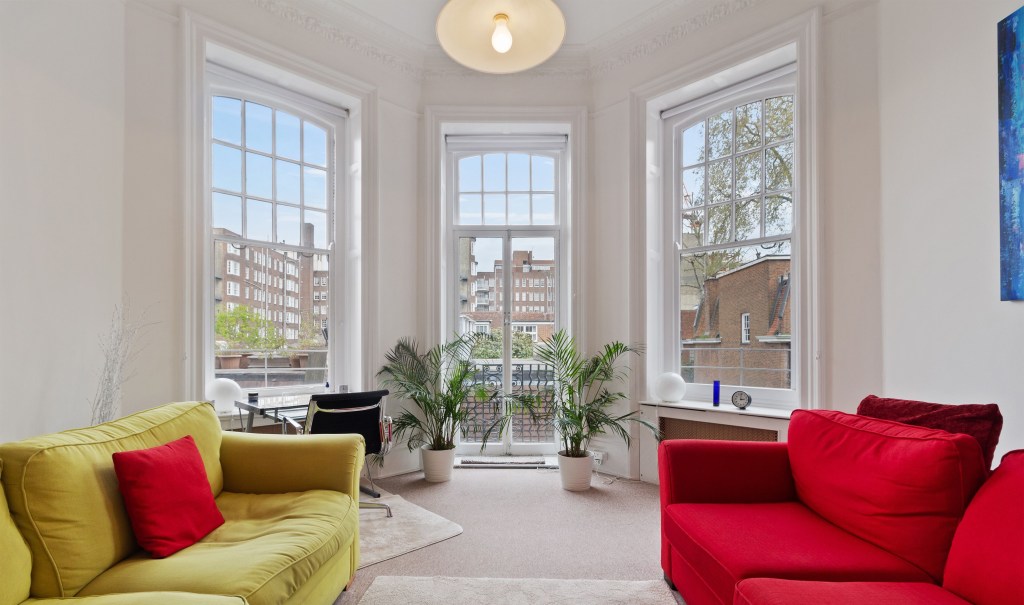
Material for TV episodes of The Goon Show (which counts the King among its famous fans) was produced here, along with that for small-screen classics including Hancock’s Half Hour, Steptoe and Son, Till Death Us Do Part and The Frankie Howerd Show. In his lofty first-floor office to the front of the building, where light flooded in through floor-to-ceiling windows, Sykes created his eponymous hit sitcom, with Hattie Jacques co-starring.
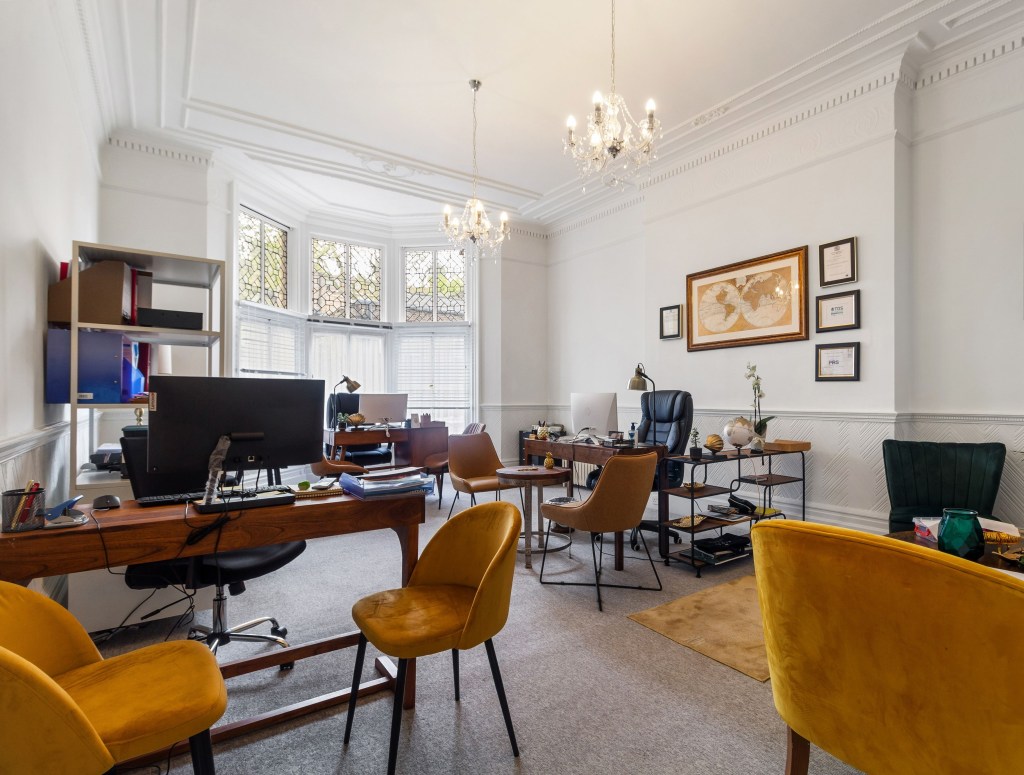
9 Orme Court’s role in British comedy had its origins in 1953, when Sykes and Milligan took over offices overlooking Shepherd’s Bush Green and launched Associated London Scripts (ALS) with Ray Galton and Alan Simpson. The UK’s first co-operative for comedy writers, the venture saw household names such as Terry Nation, Denis Norden and Peter Sellers wandering in to read and rehearse scripts. Harry Secombe was also a regular: in 1969, the comedian and singer was stunned to find himself namechecked by the then Prince of Wales at his investiture at Caernarfon Castle as ‘one very memorable Goon’, amid the ‘brave men, princes, poets, bards, scholars and great singers’ Wales had produced over the centuries.
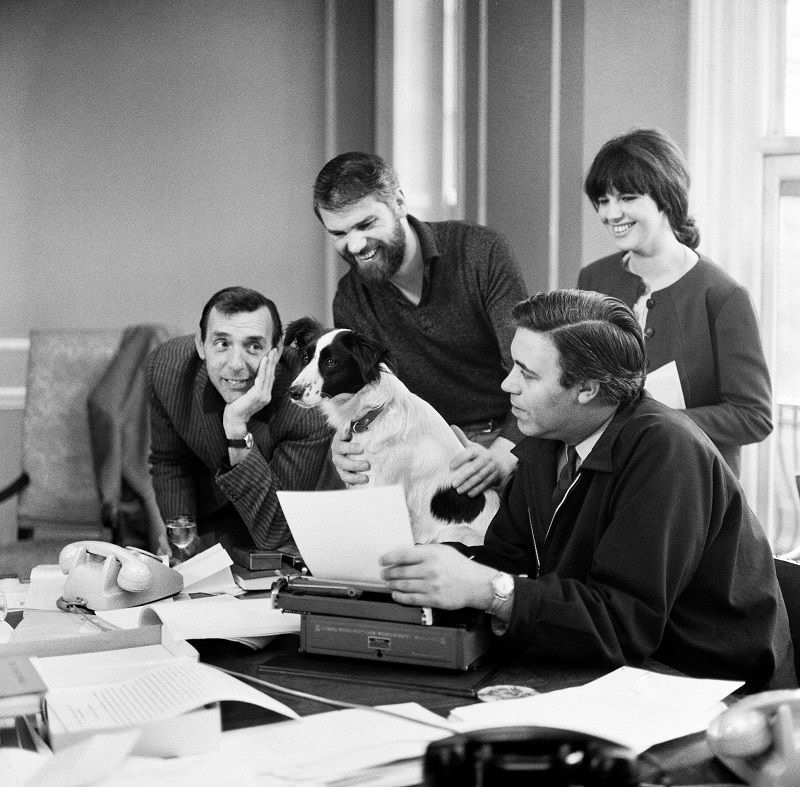
With a track record in providing hit radio, TV and theatre scripts to the BBC, ITV and leading theatres, ALS found itself with 30 writers, and by 1962 needed more space. Relocating to the more salubrious surroundings of Orme Court, just 100 yards from Kensington Gardens, Sykes and Milligan initially rented the former townhouse together, letting out rooms to writers for a peppercorn rent. In 1963, writing for Doctor Who from a second-floor office, Terry Nation dreamed up the Daleks, changing the course of sci-fi entertainment forever.
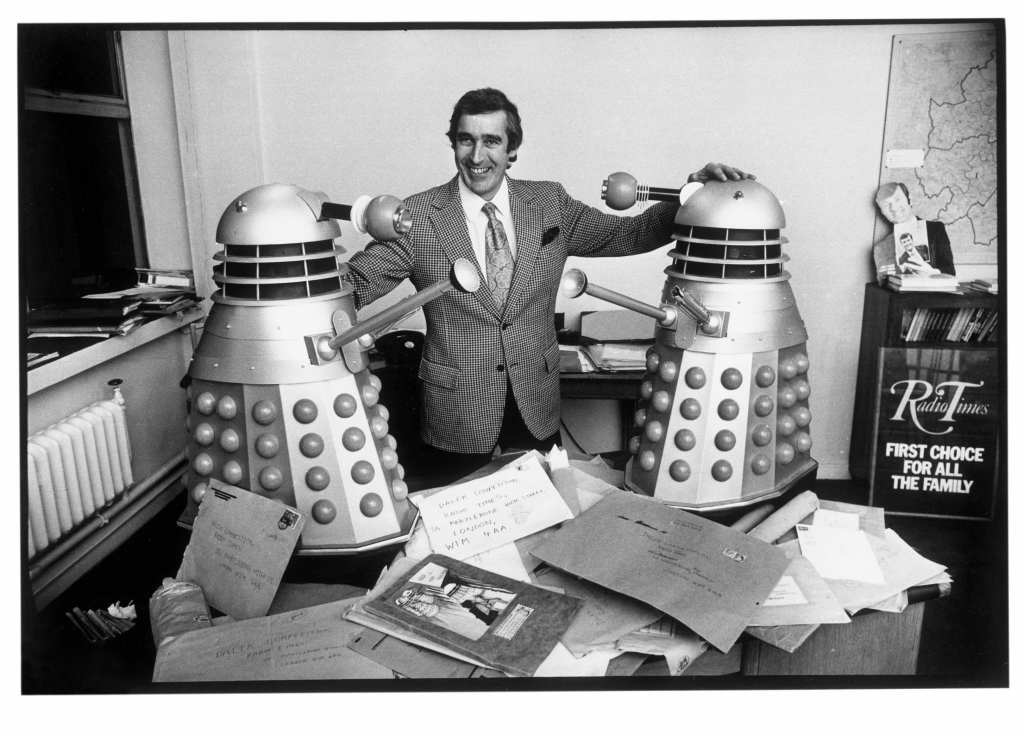
Down on the ground floor, in what was originally the dining room for a Victorian family, legendary comedy manager and agent Norma Farnes worked, representing Sykes and Milligan. Where many before her had failed, she became expert in handling the mercurial Milligan, who suffered lifelong depression and manic episodes having been shellshocked during the Italian campaign of the second world war.
Sykes and Milligan later purchased the freehold of the building, with Milligan selling his interest in the property to Sykes in the early 1970s. Famous for saying he was only happy when he was working, Sykes carried on using his office until 2011, just a year before his death. He had continued to carve out new characters and roles for himself: between 1997 and 2001 working on his voiceovers for kids’ favourite Teletubbies, and rehearsing his parts in Hollywood movies as diverse as the lugubrious gardener Mr Tuttle in The Others, with Nicole Kidman (2001), and as Muggle Frank Bryce in Harry Potter and the Goblet of Fire (2005).
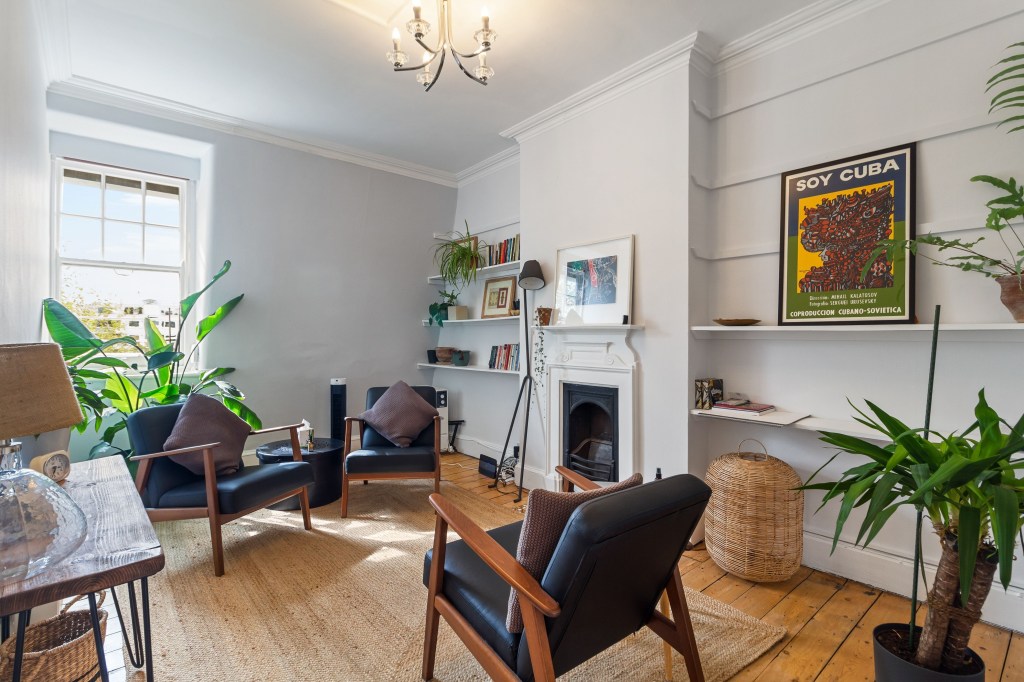
With his wife, Edith, Sykes had four children, in whose lives 9 Orme Court played an important part. The family has now put the property on the market, for £6.5 million, with Beauchamp Estates and Carter Jonas, with the siblings telling The Spectator of their personal memories of the townhouse. ‘Our main recollection is our father’s love of the building,’ they say. ‘He always spoke about the building with warmth and gratitude. He wanted it to be a place where people were friendly, happy and who enjoyed working there. We think he achieved that.’
Over the past decade, the building has continued to provide offices for small businesses, creatives and consultants. But with nearly 6,000 sq ft of space and the potential for six bedrooms, it could be returned to its original use as a grand central London residence. As the property is not statutorily listed, it has the potential to benefit from permitted development rights and be returned to residential use without the need for a full planning application – subject to consent from Westminster City Council and deep pockets. There is scope, say the agents, for turning Sykes’s and Milligan’s offices into elegant reception rooms, making a principal bedroom suite out of the space where the Daleks were created and, on the ground floor, creating a private cinema room. Watching re-runs of comedy classics will, of course, be obligatory.

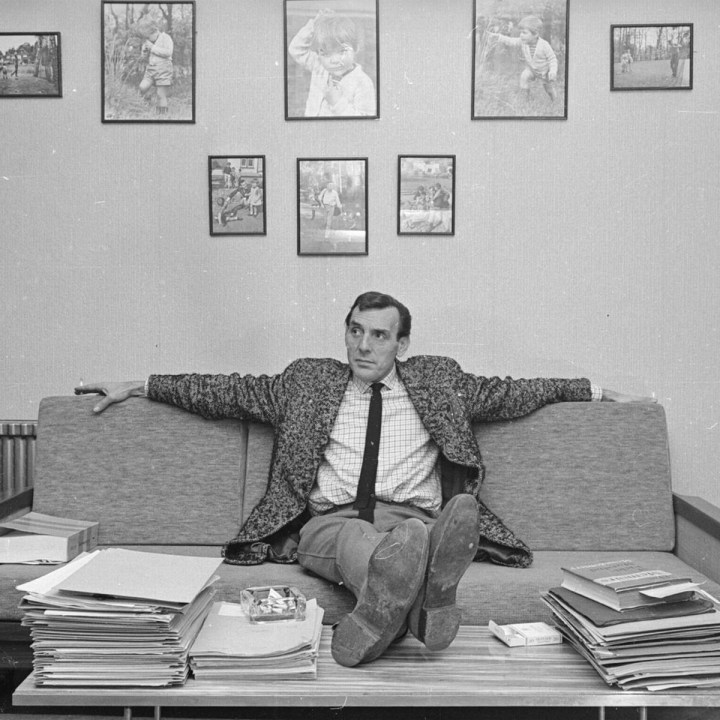
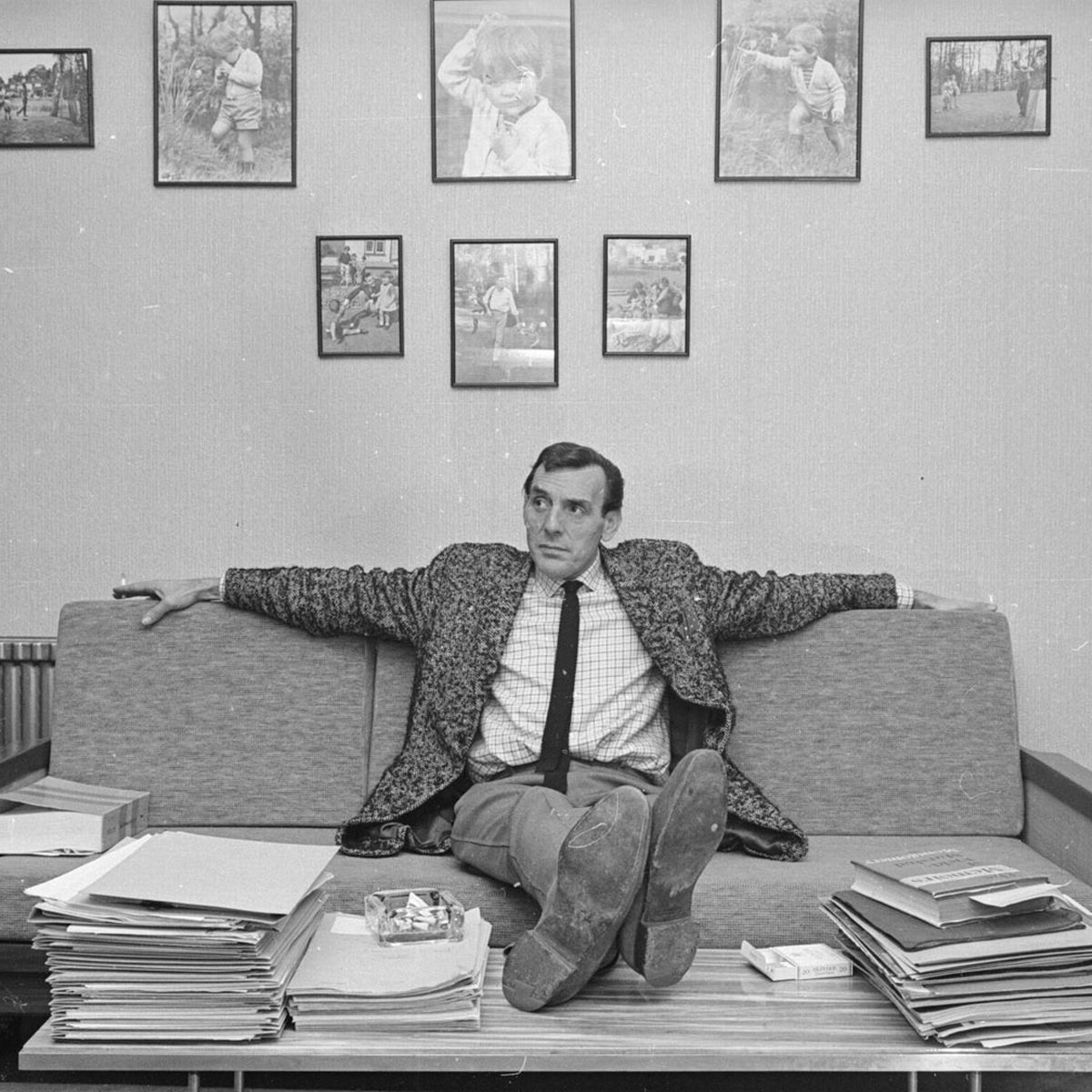




Comments